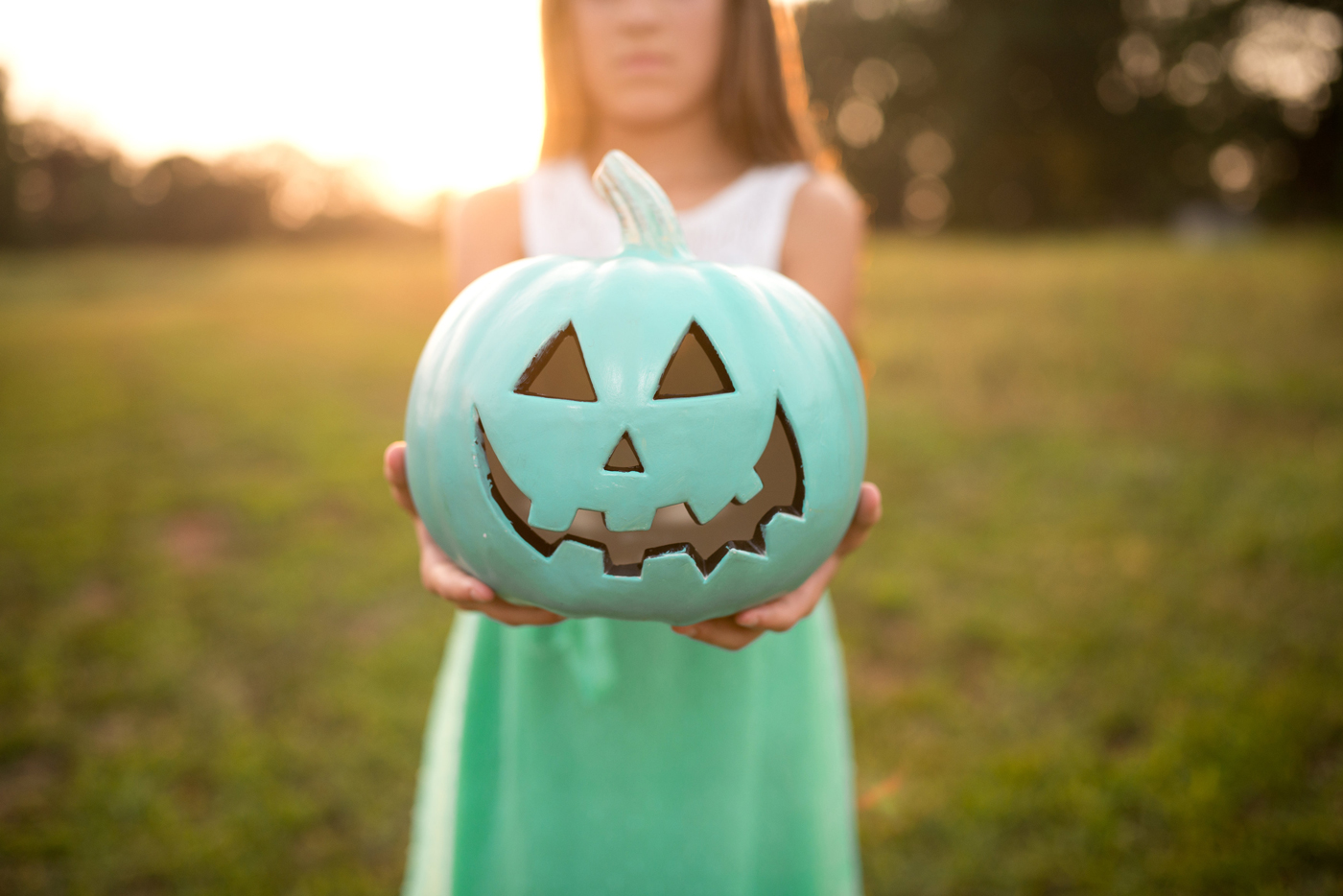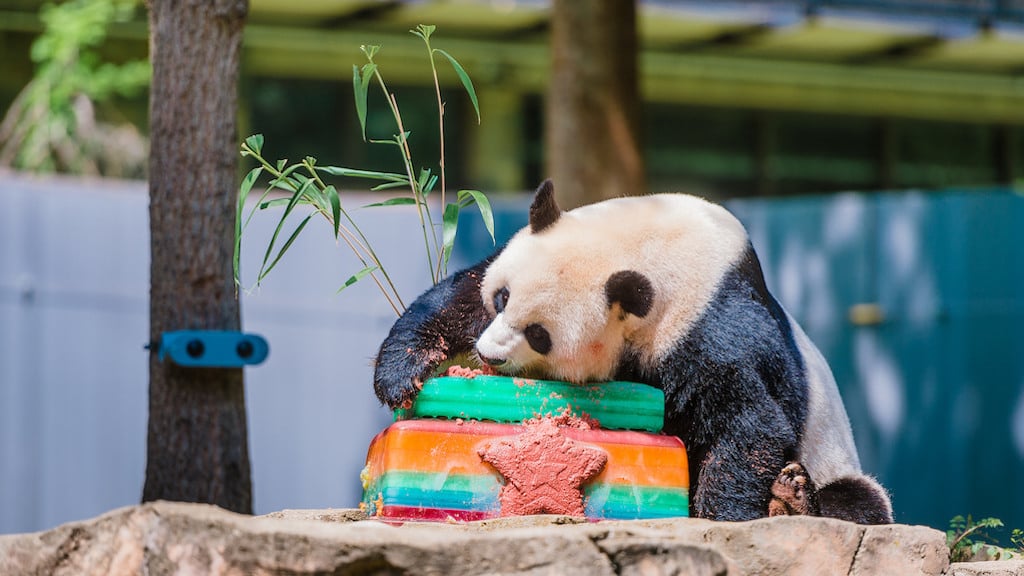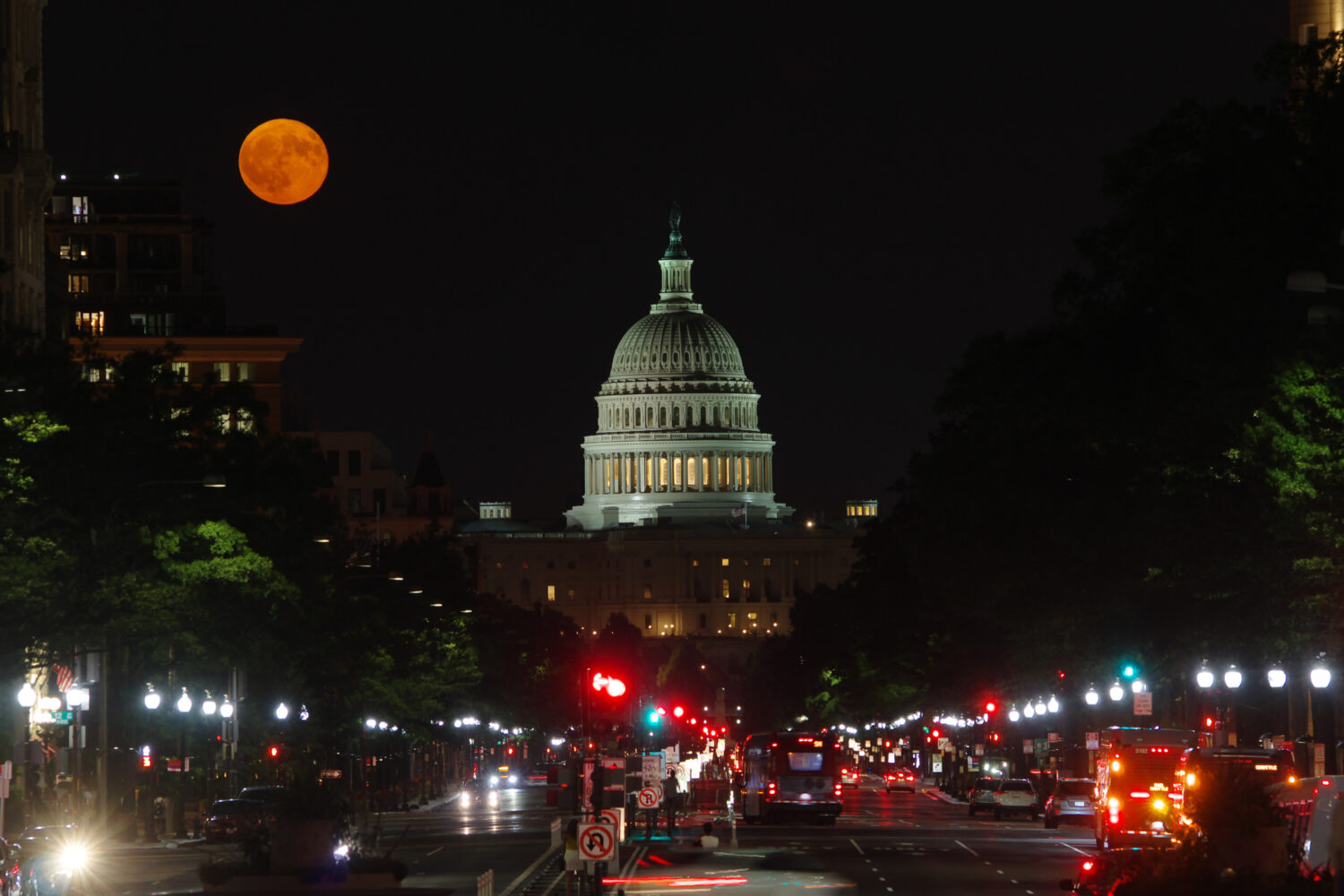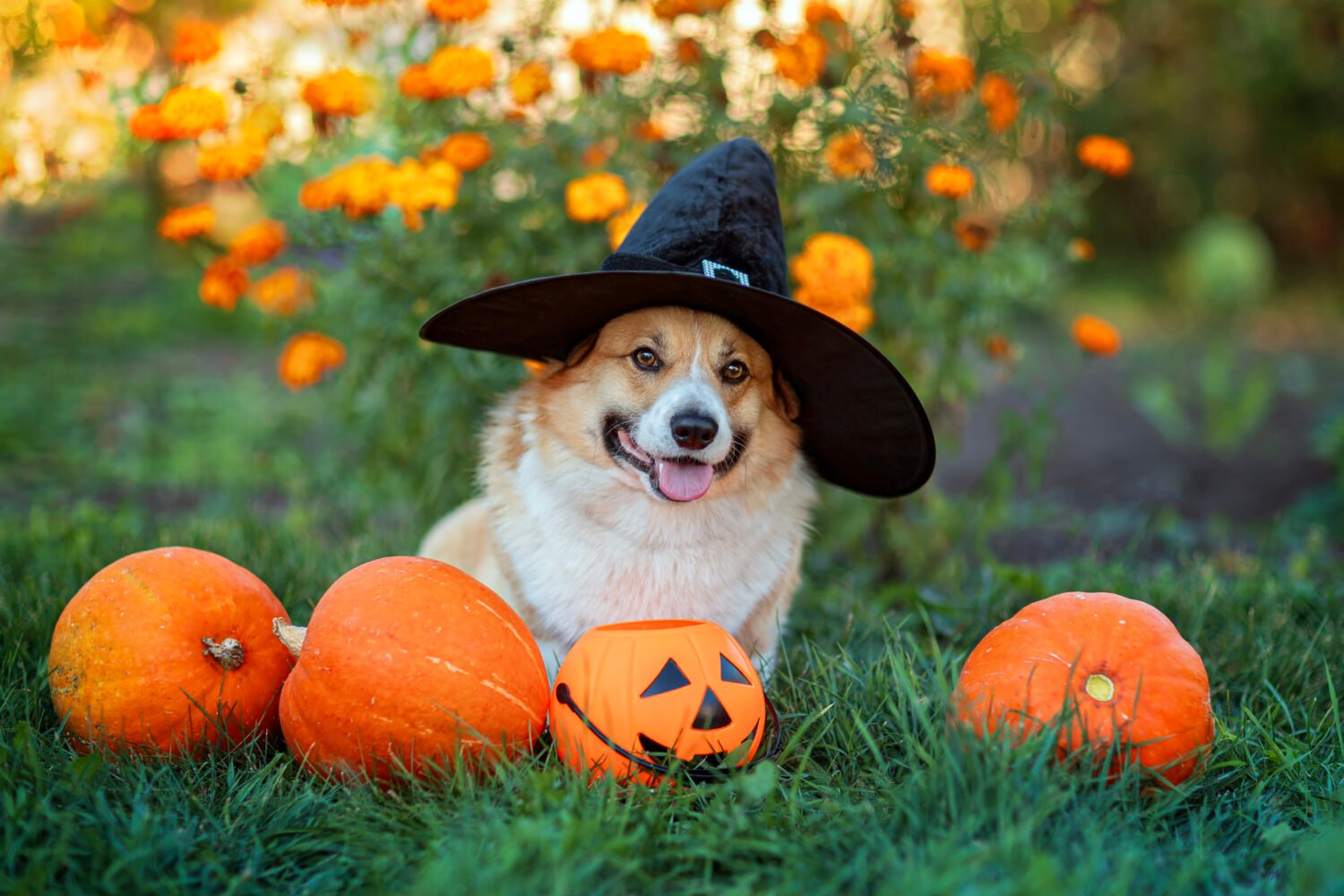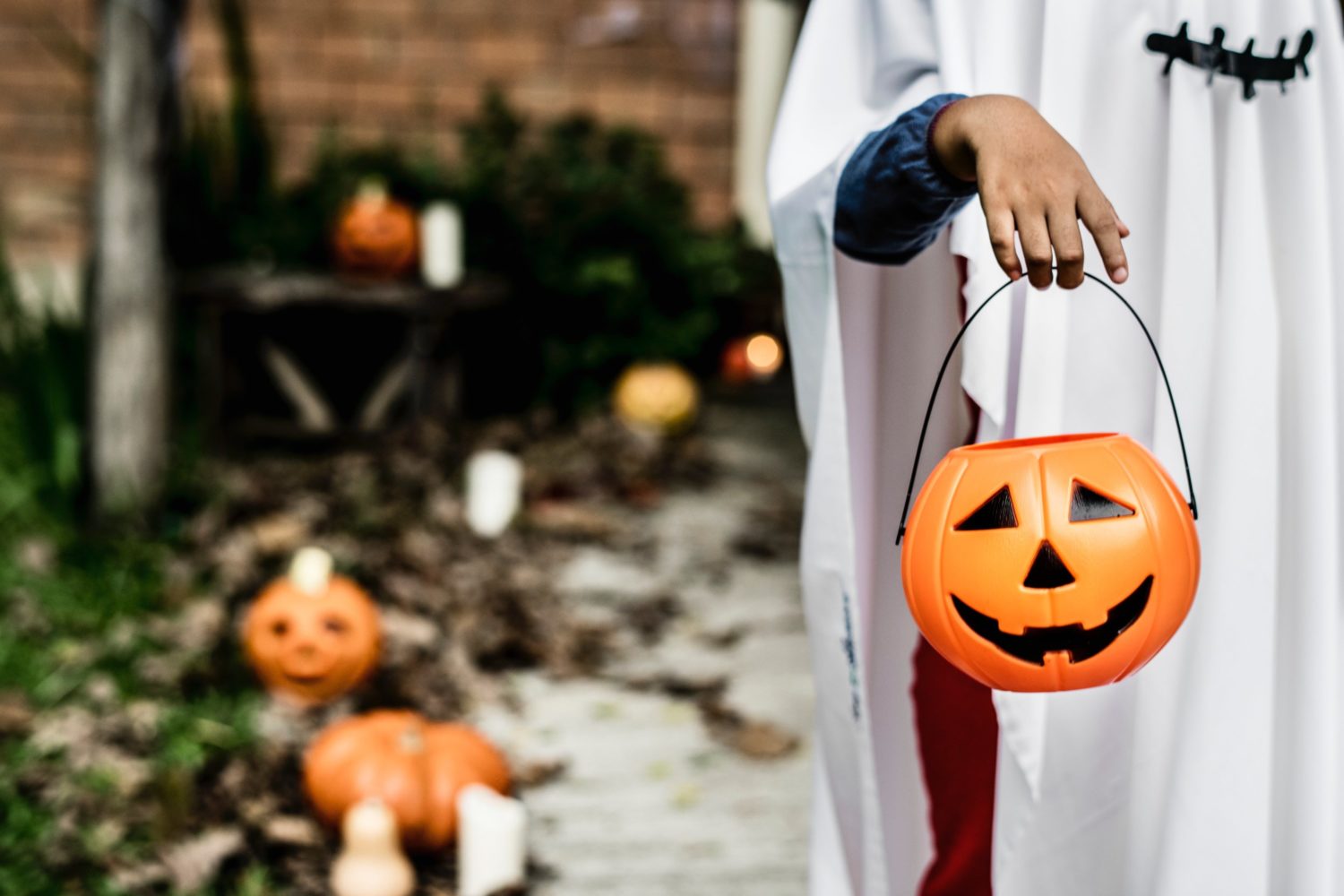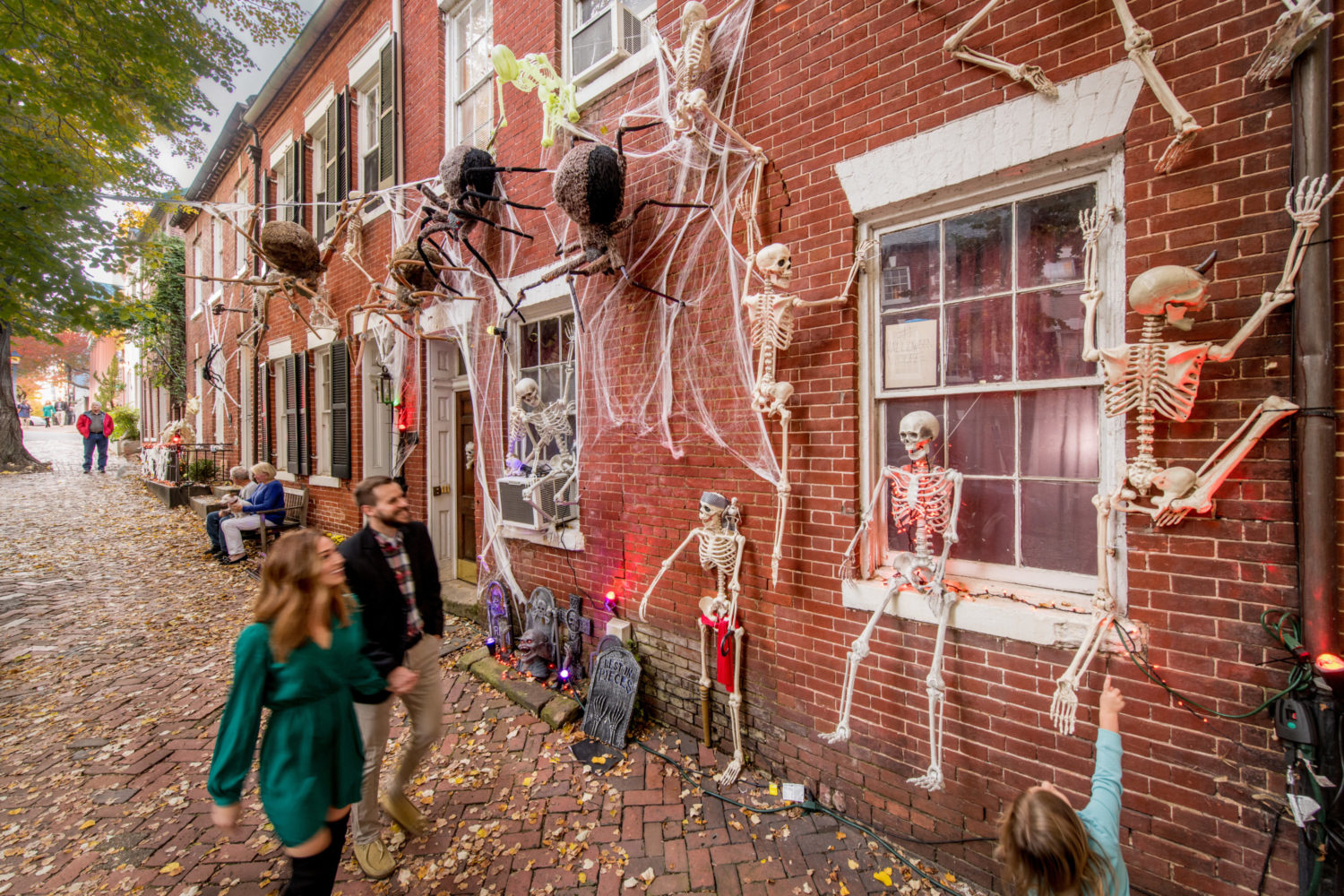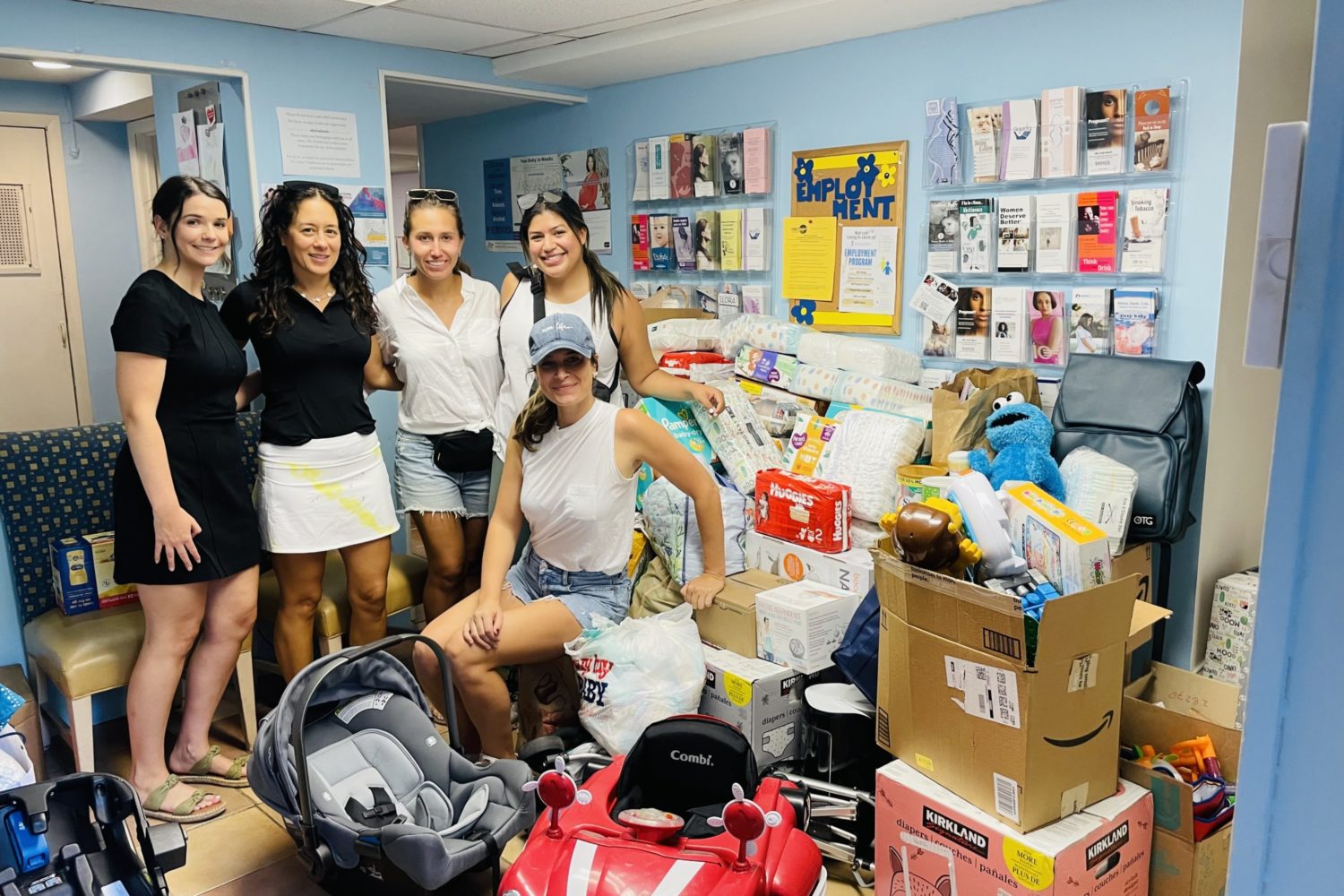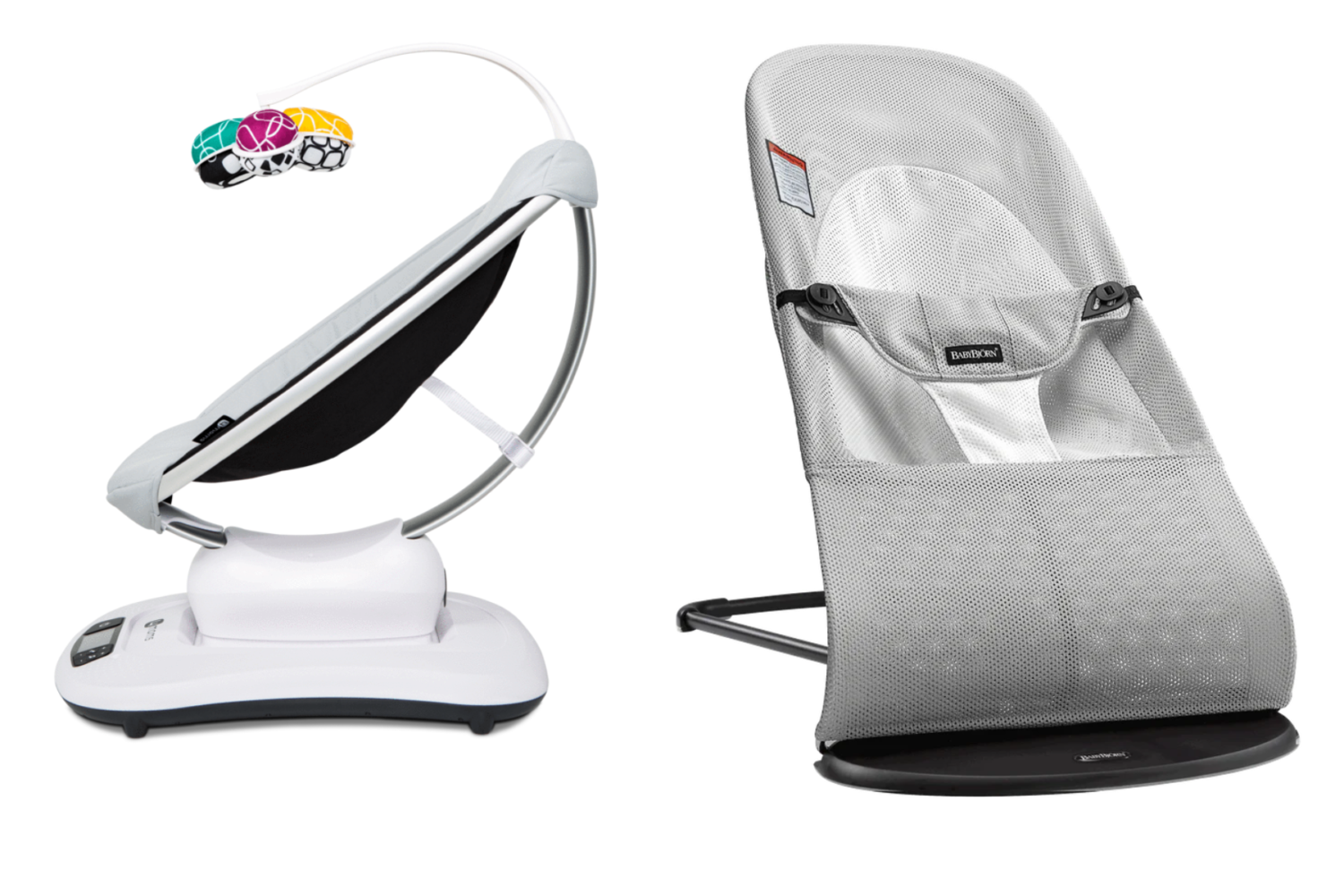You may notice a number of houses with blue pumpkins outside their doors when you’re out trick-or-treating this Halloween. They indicate that the people inside are participating in a national campaign to raise awareness for children with food allergies, and they’ll likely offer non-food treats.
The Teal Pumpkin Campaign, now in its second year, is organized by the group Food Allergy Research & Education. FARE is kicking off its second year of the Teal Pumpkin Project, which encourages non-food handouts for trick-or-treaters for Halloween.
“Food allergies affect one in 13 chilcren in the U.S. and can be life threatening,” says FARE spokesperson Veronica LaFemina. The project, she says, “draws attention to food allergies during a time when it can be hard for children and their families to be included.”
The FARE website says 100,000 households nationwide will join the campaign this year. You can see who’s participitating in the Washington area in this map:
Common allergens found in candies include nuts, milk, soy, egg, and wheat, but because “it is possible to be allergic to almost any food,” says LaFemina, the campaign suggests passing out treats that are not food. However, participants should be wary of non-food items that contain allergens, such as wheat in some brands of moldable clay, or items with latex.
Non-food treats—such as glowsticks, pencils, bubbles, miniature Slinkies and other small toys, stickers, and more— help open the holiday to more kids, including children with celiac disease, diabetes, ADHD, and autism. If you’d like to pass out candy as well, FARE suggests keeping food and non-food treats in separate bowls.

